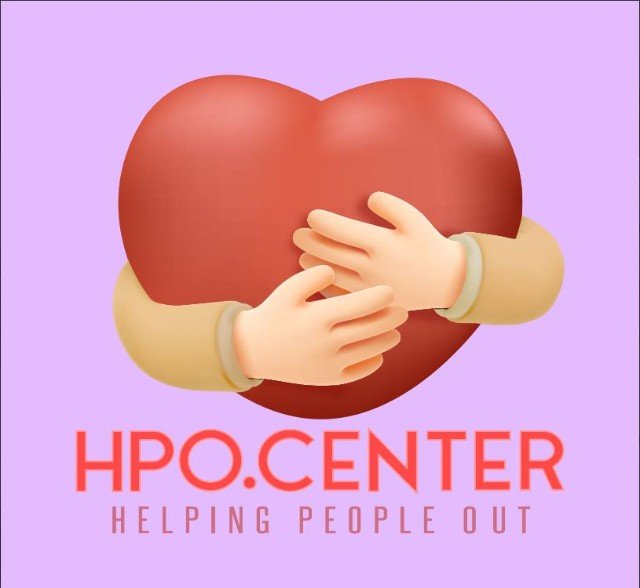Cluttered Website Layout
Fixing a Cluttered Website Layout: Simplify Your Design for a Better User Experience
Is your website feeling a bit overwhelming or disorganized? A cluttered layout can make it difficult for users to find what they need, leading to frustration and higher bounce rates. Simplifying your website design is key to creating a more enjoyable and effective user experience. Here’s how to streamline your website layout to improve usability and keep visitors engaged.
The Problem: Cluttered Website Layout
A cluttered website layout can confuse visitors and make it hard for them to navigate your site. This often results in:
Difficulty Finding Information: Users may struggle to locate the information or features they need.
Increased Bounce Rates: Visitors are likely to leave if they can’t easily find what they’re looking for.
Decreased Engagement: A chaotic design can detract from the overall user experience and reduce interactions with your content.
The Solution: Simplifying Design for Better User Experience
1. Focus on Core Objectives
Start by identifying the primary goals of your website. What actions do you want users to take? Align your design with these objectives to ensure that your layout supports your key goals.
Prioritize Key Elements: Highlight the most important elements, such as call-to-action buttons, essential information, and navigation.
Eliminate Unnecessary Features: Remove or consolidate elements that don’t contribute to your core objectives or that may distract users.
2. Adopt a Clean and Minimalist Design
A minimalist design approach can help declutter your site and make it more user-friendly.
Use Whitespace Effectively: Incorporate ample whitespace to separate elements and make the content easier to read and navigate.
Limit Color and Font Choices: Stick to a cohesive color scheme and a few fonts to create a more visually appealing and organized look.
Simplify Navigation: Use a clear and straightforward navigation menu. Limit the number of options to avoid overwhelming users.
3. Organize Content Logically
Present content in a structured and logical manner to help users find what they need quickly.
Use Headings and Subheadings: Break content into sections with descriptive headings and subheadings. This makes it easier for users to scan and find relevant information.
Create Clear Visual Hierarchy: Use font sizes, colors, and spacing to guide users’ attention to important content and calls to action.
Group Related Information: Organize related information together to help users find it more easily.
4. Optimize for Mobile Devices
Ensure your simplified design works well on all devices, including smartphones and tablets.
Implement Responsive Design: Use responsive design techniques to adjust your layout for different screen sizes and orientations.
Test Mobile Usability: Regularly test your site on various mobile devices to ensure a smooth and user-friendly experience.
5. Streamline Forms and Inputs
Simplify forms and input fields to make them user-friendly and efficient.
Minimize Form Fields: Only ask for essential information. Reducing the number of fields can increase form completion rates.
Use Clear Labels and Instructions: Ensure form fields have clear labels and provide helpful instructions or examples if needed.
Incorporate Auto-Fill and Validation: Implement auto-fill and validation features to streamline the input process and reduce user errors.
6. Enhance Visual Appeal
A visually appealing design can make your site more engaging and easier to navigate.
Use High-Quality Images: Incorporate high-quality, relevant images that enhance your content and support your brand.
Consistent Design Elements: Maintain consistency in design elements such as buttons, icons, and spacing to create a cohesive look.
Improve Readability: Choose legible fonts and appropriate text sizes to ensure your content is easy to read.
7. Gather User Feedback
Collect feedback from users to identify areas where your design can be improved.
Conduct User Surveys: Ask users for their opinions on the layout and usability of your site.
Analyze User Behavior: Use analytics tools to track user behavior and identify patterns that indicate design issues or areas for improvement.
Putting It All Together
To fix a cluttered website layout, focus on simplifying your design to enhance the user experience. Prioritize core objectives, adopt a clean and minimalist approach, and organize content logically. Optimize for mobile devices, streamline forms, and enhance visual appeal. Gather user feedback to make informed improvements.
By creating a more streamlined and user-friendly layout, you’ll improve navigation, increase engagement, and provide a better overall experience for your visitors. Start simplifying your design today and watch how it positively impacts your site’s performance and user satisfaction.

